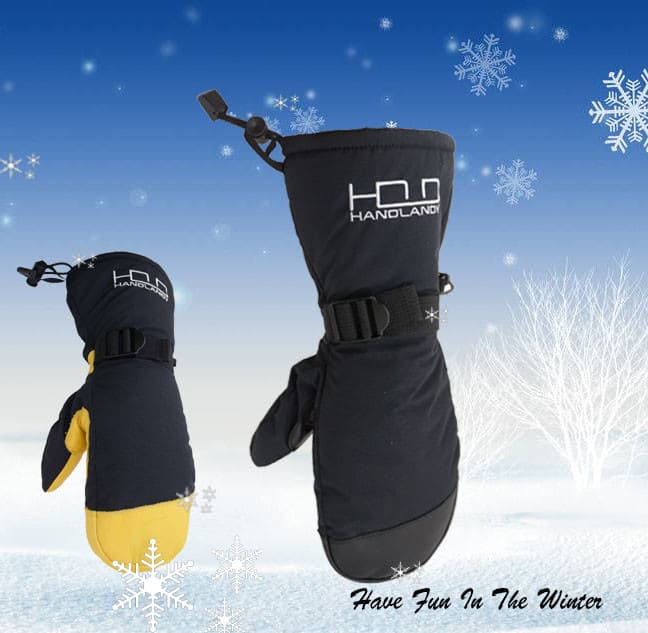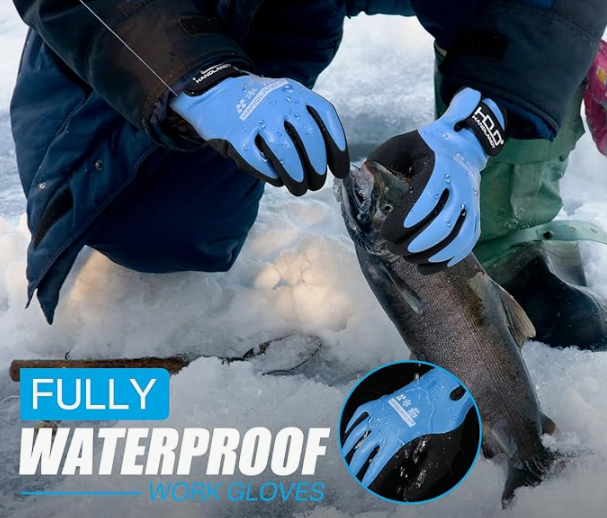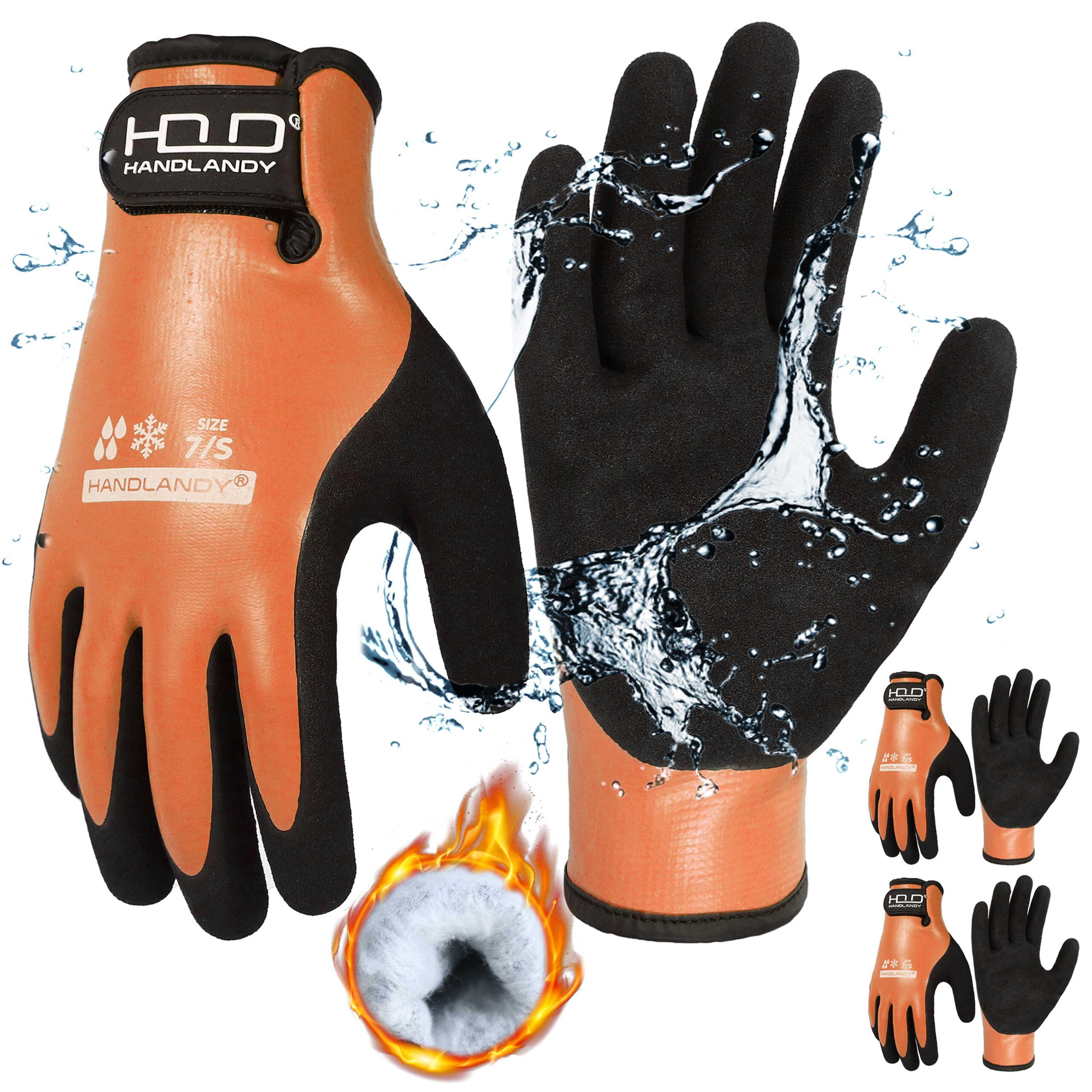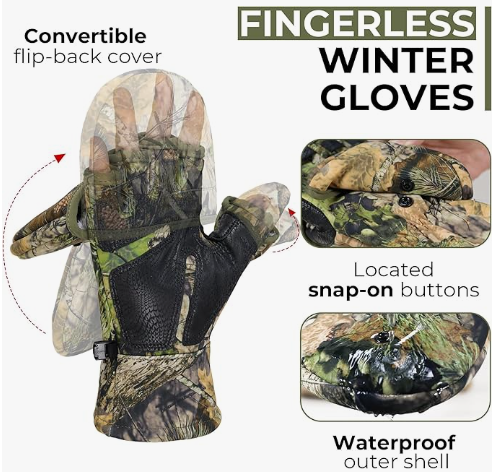Mittens provide great warmth but have drawbacks such as reduced dexterity, a weaker grip, and inconvenience in daily tasks. While they keep your hands warm by trapping heat inside, their design makes certain activities more difficult compared to gloves.
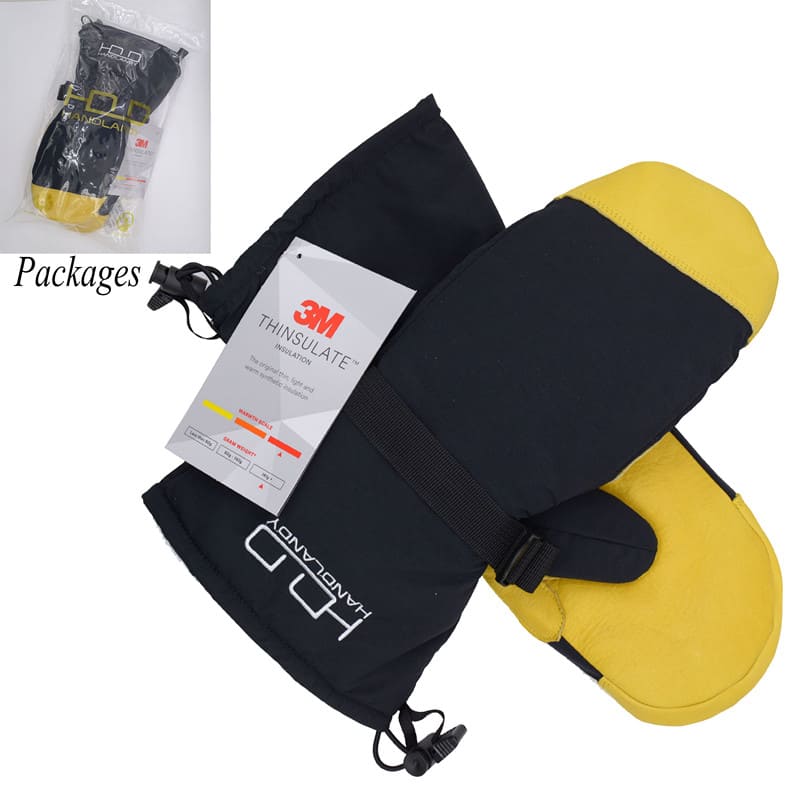
1. Limited Dexterity
Mittens restrict individual finger movement, making tasks like zipping a jacket, tying shoelaces, or using a smartphone more difficult. If you need precision or fine motor control, gloves are a better choice.
2. Reduced Grip Strength
Because fingers are grouped together in mittens, gripping objects firmly can be challenging. This can make activities like skiing, snowboarding, or even holding onto a car steering wheel more difficult compared to wearing gloves.
3. Inconvenience in Daily Tasks
Everyday tasks like using keys, handling money, or adjusting small equipment become cumbersome when wearing mittens. Many people find themselves removing mittens frequently, exposing their hands to the cold.
4. Bulkier Design
Mittens are often larger and bulkier than gloves due to their thick insulation. This can make them harder to store, less comfortable under tight jacket sleeves, and more restrictive for activities requiring agility.
5. Less Versatility
While mittens excel in extremely cold weather, they are not as versatile as gloves. Gloves provide a balance between warmth and functionality, making them better suited for variable weather conditions and multi-purpose use.
Conclusion
Mittens are an excellent choice for extreme cold, but they come with disadvantages such as reduced dexterity, a weaker grip, and inconvenience in daily activities. If you need warmth and flexibility, consider gloves with insulation for the best of both worlds.

